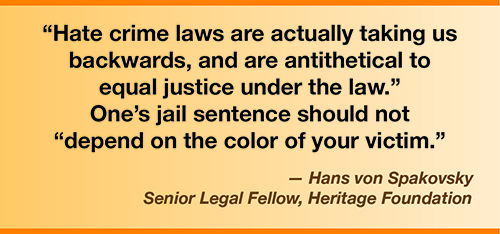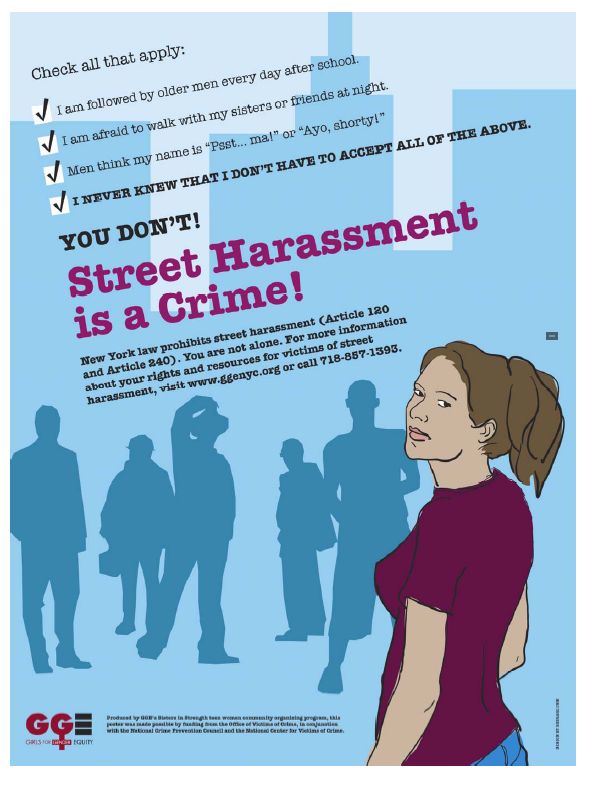
Report on Dialogue Across Social and Political Divides: Emphasizing Sustainable Development Goals
Introduction
This report presents a detailed account of a conversation between two individuals from different backgrounds and political views, highlighting their perspectives and emphasizing the relevance of the United Nations Sustainable Development Goals (SDGs) throughout their dialogue.
Participant Profiles
Julian, 57, Ipswich
- Occupation: Financial services
- Voting Record: Mixed over the years, recently Conservative; influenced by increased worldly experience and tax contributions.
- Notable Experience: Twice experienced lightning strikes on planes, illustrating resilience and calm under pressure.
Livvy, 31, Cambridgeshire
- Occupation: Geneticist
- Voting Record: Labour until recent shift to Green Party; identifies as an “old-fashioned socialist.”
- Notable Experience: Discovered a phobia of blood, leading to a career change from medicine to genetics.
Initial Interaction and Common Ground
Both participants shared their first impressions and meals during their meeting, revealing unexpected similarities despite differing backgrounds.
- Shared Backgrounds: Both grew up on council estates and were first-generation university graduates, highlighting the importance of education for social mobility (SDG 4: Quality Education; SDG 10: Reduced Inequalities).
- Meals: Livvy chose gnocchi with butternut squash and a lemonade and lime drink; Julian selected sea bass and beer, with both enjoying chocolate brownie for dessert.
Discussion on Gender Equality and Workplace Discrimination
The conversation addressed the ongoing challenges of gender discrimination in the workplace, reflecting SDG 5: Gender Equality.
- Livvy’s Perspective: Emphasized persistent discrimination against women, supported by studies showing bias in hiring practices.
- Julian’s Perspective: Acknowledged progress with women attaining senior roles but expressed concerns about positive discrimination potentially leading to unfair hiring.
- Shared Understanding: Recognition of unconscious bias and the impact of maternity leave policies on women’s career progression.
Common Values and Approaches
Despite differences, both agreed on the importance of women’s rights and applied logical, scientific reasoning to their discussions, aligning with SDG 16: Peace, Justice and Strong Institutions.
- Both participants have scientific backgrounds, fostering a fact-based and rational dialogue.
- They acknowledged the need for continued advancement in gender equality.
Human Rights Debate
The participants debated the role of the European Convention on Human Rights, connecting to SDG 16.
- Livvy’s View: Supports the convention as essential for protecting freedoms, fair trials, and family rights.
- Julian’s View: Advocates leaving the convention, citing concerns about its use in legal appeals and immigration cases.
Key Takeaways and Reflections
The dialogue underscored the significance of understanding diverse perspectives to foster social cohesion and sustainable development.
- Livvy: Emphasized the importance of focusing on commonalities rather than differences, recognizing that differing views stem from varied life experiences.
- Julian: Highlighted the value of engaging with opposing viewpoints to challenge and refine one’s beliefs.
- Overall Message: Encourages more people to engage in respectful, open conversations to bridge divides, supporting SDG 10 and SDG 16.
Conclusion
This report illustrates how dialogue across social and political divides can contribute to achieving the Sustainable Development Goals by promoting equality, justice, education, and reduced inequalities. The exchange between Julian and Livvy demonstrates that despite differing opinions, mutual respect and understanding are crucial for sustainable societal progress.
1. Sustainable Development Goals (SDGs) Addressed or Connected
- SDG 4: Quality Education – Both Julian and Livvy emphasize the importance of education as a key to social mobility, highlighting their experiences as first-generation university attendees.
- SDG 5: Gender Equality – The article discusses workplace gender discrimination, maternity leave issues, and women’s rights, reflecting challenges and progress related to gender equality.
- SDG 10: Reduced Inequalities – The dialogue touches on social mobility, discrimination based on gender and family status, and differing political views shaped by life experiences, indicating concerns about inequalities.
- SDG 16: Peace, Justice and Strong Institutions – The debate about the European convention on human rights and the right to fair trials and family life connects to this goal.
2. Specific Targets Under Those SDGs Identified
- SDG 4: Quality Education
- Target 4.3: Ensure equal access for all women and men to affordable and quality technical, vocational and tertiary education, including university.
- Target 4.4: Increase the number of youth and adults with relevant skills for employment and entrepreneurship.
- SDG 5: Gender Equality
- Target 5.1: End all forms of discrimination against all women and girls everywhere.
- Target 5.4: Recognize and value unpaid care and domestic work through public services and social protection policies.
- Target 5.5: Ensure women’s full and effective participation and equal opportunities for leadership at all levels of decision-making.
- SDG 10: Reduced Inequalities
- Target 10.2: Empower and promote the social, economic and political inclusion of all, irrespective of age, sex, disability, race, ethnicity, origin, religion or economic or other status.
- SDG 16: Peace, Justice and Strong Institutions
- Target 16.3: Promote the rule of law at the national and international levels and ensure equal access to justice for all.
- Target 16.7: Ensure responsive, inclusive, participatory and representative decision-making at all levels.
3. Indicators Mentioned or Implied to Measure Progress
- SDG 4 Indicators
- Proportion of youth and adults with relevant skills for employment (implied by discussion on education and social mobility).
- Enrollment rates in tertiary education (implied by both individuals being first in their families to attend university).
- SDG 5 Indicators
- Proportion of women in managerial positions (implied by Julian mentioning senior women in his company).
- Gender wage gap and employment discrimination metrics (implied by Livvy’s experience and discussion on maternity leave and hiring bias).
- Legislation and policies on maternity leave and workplace equality (implied by discussion on maternity leave rights).
- SDG 10 Indicators
- Measures of social and economic inclusion (implied by discussions on social mobility and discrimination).
- Discrimination indices based on gender and family status (implied by hiring biases discussed).
- SDG 16 Indicators
- Number of people who have access to justice and fair trials (implied by discussion on human rights and the European convention).
- Public perception of human rights protections (implied by differing views on the European convention on human rights).
4. Table of SDGs, Targets, and Indicators
| SDGs | Targets | Indicators |
|---|---|---|
| SDG 4: Quality Education |
|
|
| SDG 5: Gender Equality |
|
|
| SDG 10: Reduced Inequalities |
|
|
| SDG 16: Peace, Justice and Strong Institutions |
|
|
Source: theguardian.com







